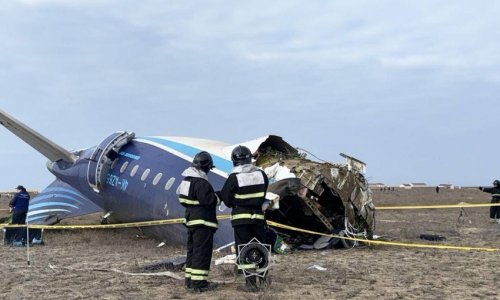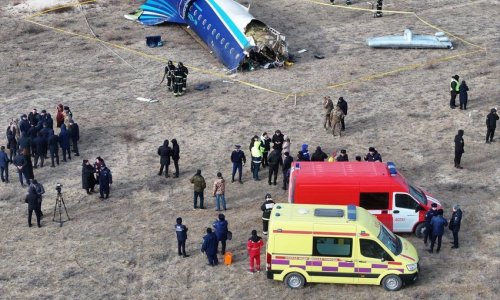Follow us !
Flight MH370: Search shifted 700 miles north
World
23:00 | 28.03.2014

Flight MH370: Search shifted 700 miles north
The search for missing Malaysia Airlines flight MH370 has moved to a new part of the Indian Ocean due to a "credible lead".The Australian and Malaysian governments say the search will now focus on an area 1,100km (684 miles) north-east of the previous zone.The move was based on further analysis of radar data that showed the plane was going faster, thus using more fuel.The Beijing-bound airliner disappeared on 8 March with 239 people on board.Malaysian officials have concluded that, based on satellite data, it flew into the sea somewhere in the southern Indian Ocean. So far no trace of it has been found.Search efforts had until Friday morning focused on an area some 2,500km (1,550 miles) to the south-west of the Australian city of Perth.Using satellite images, several nations have identified objects floating in the sea in that search area, but these have not been located and there is no evidence that they are related to the plane.John Young, general manager of Amsa's emergency response division, said that teams had "moved on" from that area based on the new information.Acting Malaysian Transport Minister Hishammuddin Hussein said that the fact that the search area had moved did not discount the earlier satellite images of possible debris further south."Because of ocean drift, this new search area could still be consistent with the potential objects identified by various satellite images over the past week," Mr Hussein said.'Reduced distance'A statement from Amsa - which is co-ordinating the search - said the new information had come from the international investigation team in Malaysia.This was based on "continuing analysis of radar data between the South China Sea and the Strait of Malacca before radar contact was lost", Amsa said."It indicated that the aircraft was travelling faster than previously estimated, resulting in increased fuel usage and reducing the possible distance the aircraft travelled south into the Indian Ocean."It said that the Australian Transport Safety Bureau (ATSB) had determined that this was "the most credible lead to where debris may be located".The new search area is about 1,850km west of Perth and covers some 319,000 sq km (123,000 sq miles).Mr Young, of Amsa, said it represented the "best estimate of the area in which the aircraft is likely to have entered the ocean" and took account of possible drift.The new search area was outside the "roaring forties" bad weather zone, meaning conditions were likely to be better. Aircraft would also be able to spend more time in the area because it was closer to land, Mr Young said.The potential flight path could be the subject of further refinement as investigations continued, Amsa said, adding that satellites would now focus on the new area.Amsa said nine military aircraft would be scouring the area on Friday, with a civilian aircraft acting as a communications relay.Five ships from China and one from Australia were also relocating to that area. One Chinese patrol ship was already at the scene, Amsa said.Mr Young said the shift to a new search area did not mean the original work was "a waste of time"."This is the normal business of search and rescue operations, that new information comes to light, refined analysis take you to a different place," he said.Major challengeMystery still surrounds the fate of the Malaysia Airlines Boeing 777 which vanished from civilian radar screens less than an hour after taking off from Kuala Lumpur.The reason why the airliner veered off course and lost contact with air traffic controllers continues to baffle experts.The remote and vast expanse of ocean has turned the search into a major challenge.Some relatives of the flight's 153 Chinese passengers have refused to accept the Malaysian account of events and have accused officials of withholding information.Earlier, China's state news agency Xinhua said that Chinese insurance firms had begun to offer payouts to the relatives.On Thursday, Malaysia Airlines took out a full-page condolence advertisement in the New Straits Times, saying: "Our sincerest condolences go out to the loved ones of the 239 passengers, friends and colleagues. Words alone cannot express our enormous sorrow and pain."(BBC)ANN.Az










